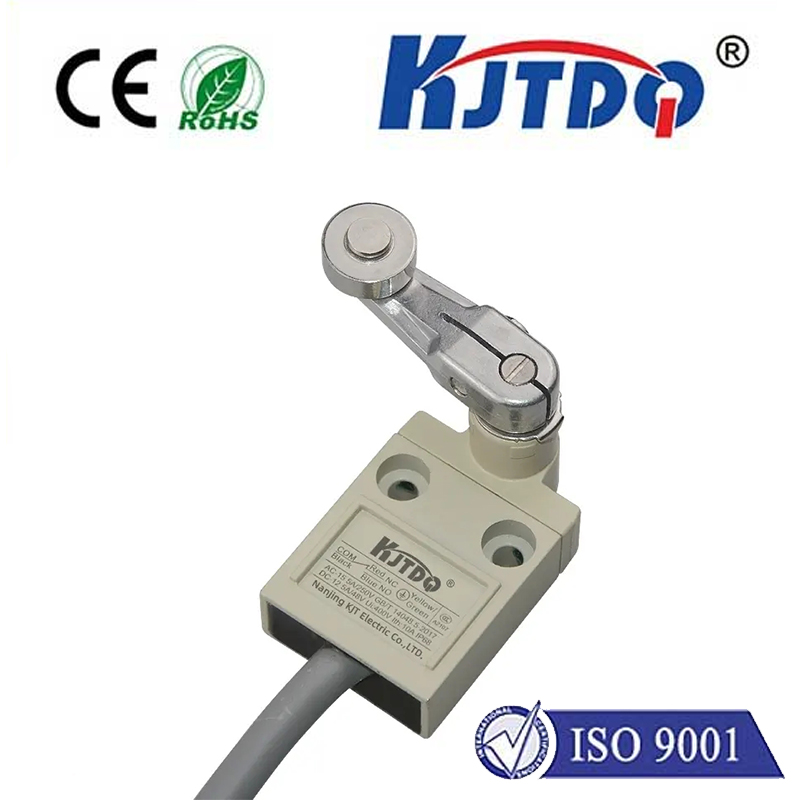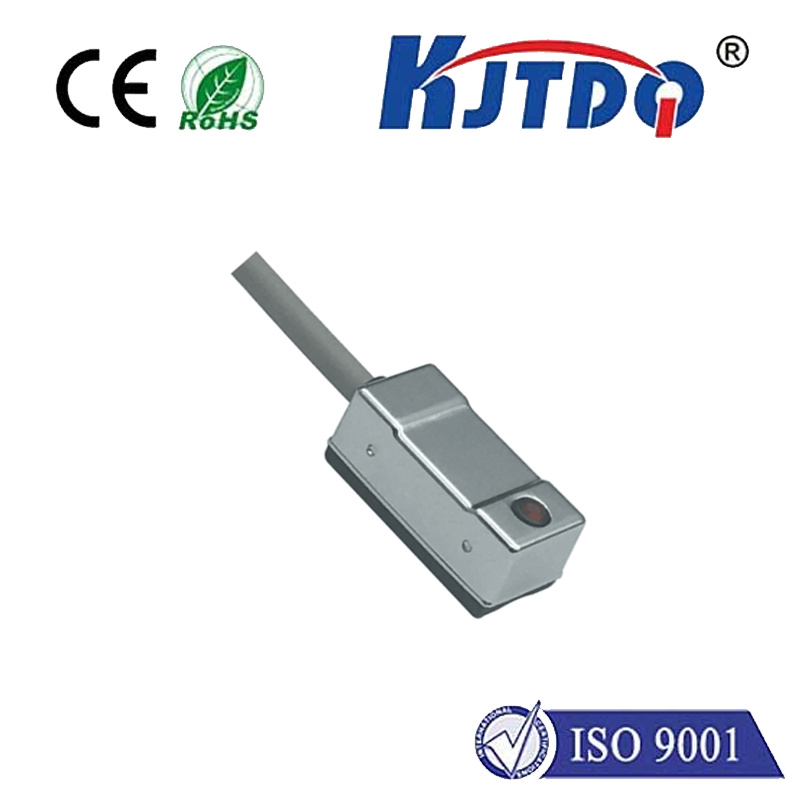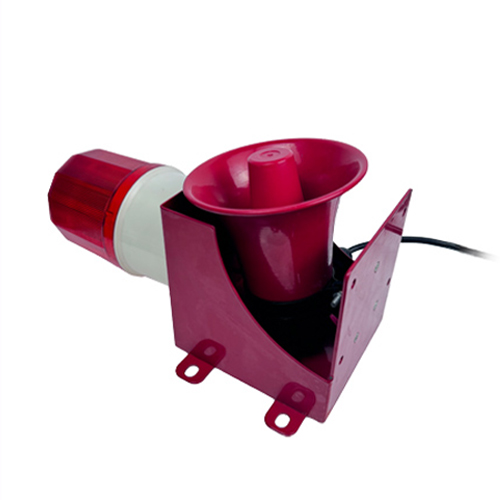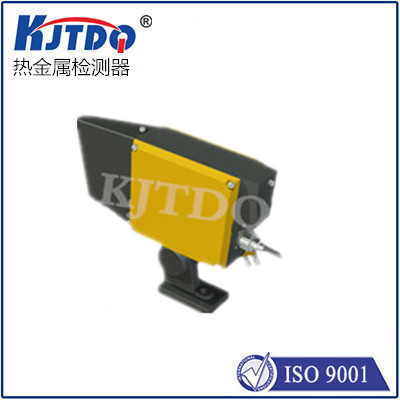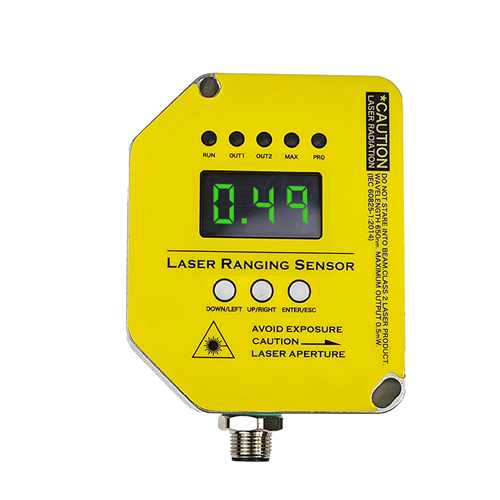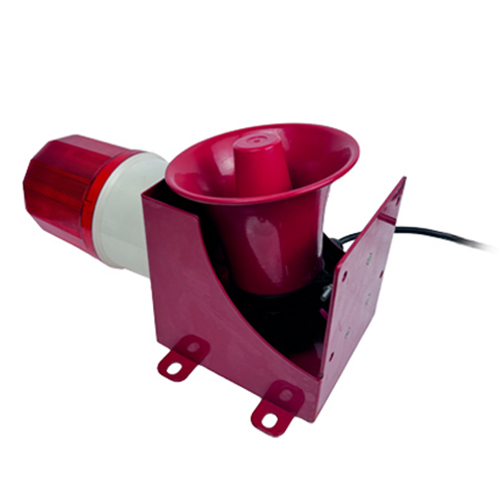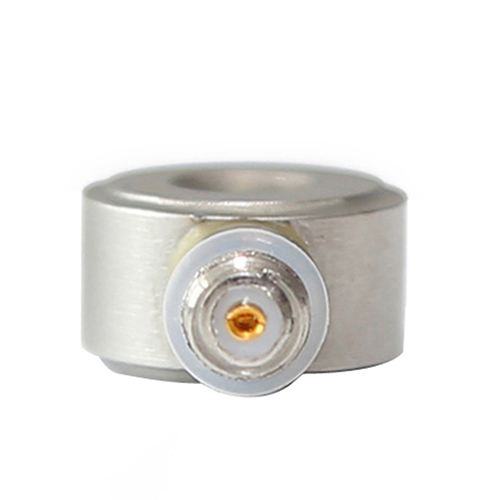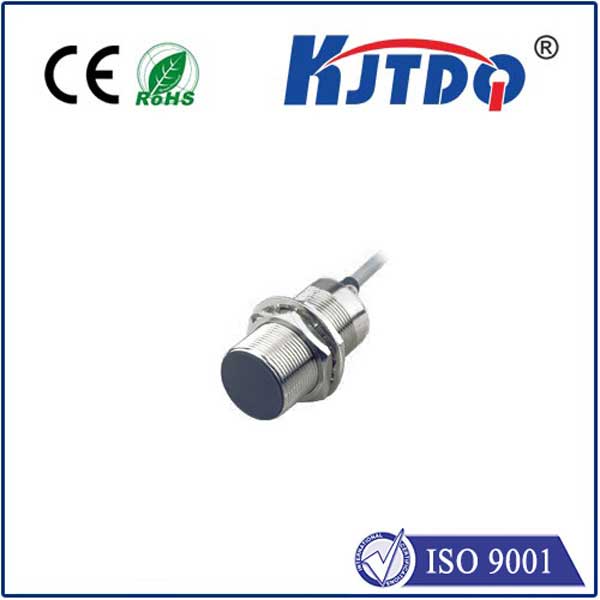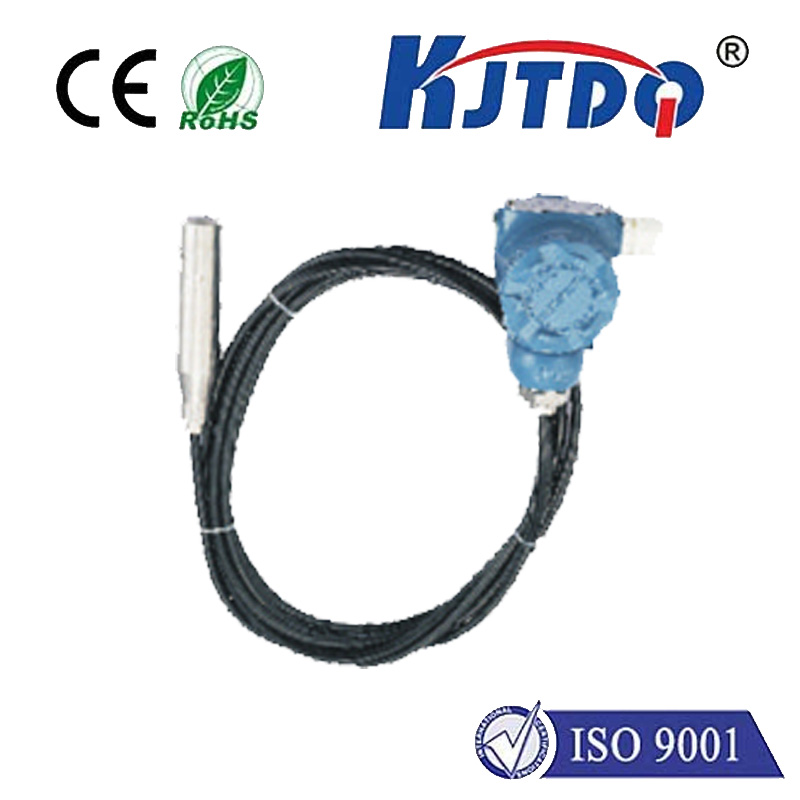BES01PY high pressure proximity sensor
- time:2025-09-29 20:46:58
- Нажмите:0
BES01PY High Pressure Proximity Sensor: Robust Reliability for Demanding Industrial Environments
Imagine a critical hydraulic press operation. Thousands of pounds of force course through its veins. Monitoring component position accurately within this high-stakes environment isn’t just desirable; it’s essential for safety, efficiency, and preventing catastrophic failure. Standard sensors falter under intense pressure, risking downtime and costly damage. This is precisely where the BES01PY High Pressure Proximity Sensor stands tall, engineered to deliver unwavering performance where others simply cannot.
The BES01PY represents a significant advancement in inductive proximity sensing technology, specifically honed for applications subjected to extreme pressure conditions. Unlike conventional sensors whose operation or housing integrity can be compromised by surrounding high pressure (like within hydraulic cylinders, deep-submergence equipment, or high-pressure test rigs), the BES01PY is built to endure. Its core design principle revolves around providing dependable, non-contact position detection under pressures that would disable less robust devices.
Understanding the High-Pressure Challenge
Ordinary inductive proximity sensors rely on generating an electromagnetic field. When a metallic target enters this field, it induces eddy currents, causing a change in the sensor’s oscillation amplitude that triggers a switch. However, extremely high ambient pressure can physically distort sensor housings, affect internal electronic components, alter the properties of the potting compound, or even cause leaks. This leads to:
- False signals: Pressure-induced distortion might trigger the sensor prematurely or prevent it from triggering at all.
- Premature failure: Seals can be breached, electronics shorted, or housings crushed.
- Inconsistent operation: Sensor characteristics might drift under pressure variation.
These failures translate directly into production stoppages, safety hazards, and significant maintenance costs. The BES01PY is the engineered solution to this problem.

The BES01PY: Engineered for Extreme Resilience
So, what makes the BES01PY the go-to choice for high-pressure proximity sensing?
- Pressure-Optimized Housing: The foundation of its resilience lies in its robust housing construction. Engineered from high-strength materials (typically stainless steel variants) and featuring specialized sealing technologies, the BES01PY sensor body is specifically designed to withstand immense external pressure without deformation, leakage, or compromise to internal components. This is not just a standard sensor in a thicker casing; it’s a holistic design optimized for pressure containment.
- Advanced Potting and Sealing: Critical internal electronics are protected by high-performance, pressure-stable potting compounds that resist compression and maintain their dielectric properties. Combined with precision O-ring seals and often welded connections, this creates a hermetic barrier against fluid ingress, even under continuous or cyclic high pressure.
- Reliable Inductive Sensing Core: At its heart remains a proven inductive sensing principle, providing non-contact, wear-free detection of metallic targets. This ensures long operational life without mechanical degradation. The sensing face is designed to minimize pressure differentials across its surface.
- Stable Performance: Crucially, the BES01PY High Pressure Proximity Sensor is engineered to maintain its specified sensing range and switching characteristics consistently, even when submerged or operating under the rated high pressure. This predictability is vital for precise machine control and safety interlocks.
Key Specifications Defining Performance (Typical):
- Operating Pressure Range: This is its defining feature. While specific maximum ratings vary by model and configuration, BES01PY sensors are commonly rated for pressures of several hundred bar (thousands of psi), far exceeding standard proximity sensors. Always refer to the specific datasheet for the exact pressure rating needed for your application.
- Sensing Distance: Optimized for common industrial needs, typically offering reliable detection ranges from a few millimeters up to around 15mm or more.
- Output Type: Commonly available with robust PNP or NPN transistor outputs (NO/NC configurations), or sometimes as Namur outputs, providing compatibility with most industrial control systems (PLCs).
- Connection: M12 or M8 connectors are standard, offering secure, reliable connections suitable for industrial environments. Direct cable exits are also frequently an option for permanent installations.
- Environmental Protection: High IP ratings (e.g., IP67, IP68, IP69K) ensure resistance to dust, water jets, and often temporary or permanent submersion – characteristics that naturally complement its high-pressure resistance.
- Temperature Range: Designed to operate reliably across typical industrial temperature spans (e.g., -25°C to +70°C or wider).
Where the BES01PY High Pressure Proximity Sensor Excels: Critical Applications
The unique capabilities of the BES01PY make it indispensable in numerous demanding sectors:
- Hydraulic Systems: Direct integration into hydraulic cylinders for accurate end-position detection of pistons under full system pressure. Prevents damage from over-travel and ensures precise control sequences.
- Plastic Injection Molding: Monitoring mold clamping force or ejector position within hot, high-pressure molding environments.
- Die Casting Machines: Position sensing on plungers and within die casting units exposed to extreme pressures and temperatures.
- Fluid Power Test Rigs: Providing reliable feedback on component movement during high-pressure testing cycles.
- Subsea & Marine Equipment: Position control on remotely operated vehicles (ROVs), actuators, or valves operating at significant depths and pressures.
- High-Pressure Pumps & Compressors: Monitoring valve positions, actuator strokes, or component alignment under operating pressures.
- Presses (Stamping, Forging): Ensuring precise die positions and safety interlocks within the high-force environment of the press.
Selecting and Implementing the Right Sensor
Choosing the correct BES01PY High Pressure Proximity Sensor requires careful consideration:
- Maximum Operating Pressure: This is paramount. Select a sensor with a pressure rating exceeding the maximum anticipated pressure in your application, including potential pressure spikes.
- Required Sensing Distance: Determine the distance at which reliable detection of the target is needed.
- Target Material: Inductive sensors detect ferrous metals best. Ensure your target material is suitable (steel, iron).
- Output Configuration: Match the output type (PNP/ NPN, NO/NC) and voltage requirements to your control system.
- Environmental Factors: Consider temperature extremes, potential chemical exposure (requiring specific housing materials like stainless steel 316L), and required IP rating.
- Mounting Constraints: Ensure the sensor’s physical dimensions and mounting style (threaded barrel, flush/non-flush mounting) fit your application space.
The Foundation of Unwavering Control
In environments where pressure isn’t just a factor but the defining challenge, standard sensors become a liability. The BES01PY High Pressure Proximity Sensor offers a proven, robust solution. Its specialized construction, focusing on pressure resistance without sacrificing the reliability of inductive sensing, provides engineers with the confidence to monitor critical positions accurately and safely under the harshest conditions. When failure is not an option and pressure is relentless, the BES01PY stands as a beacon of durable, dependable performance, safeguarding operations and optimizing processes where it matters most. Its integration translates directly into enhanced machine uptime, reduced maintenance costs, and fundamentally safer industrial operations.

